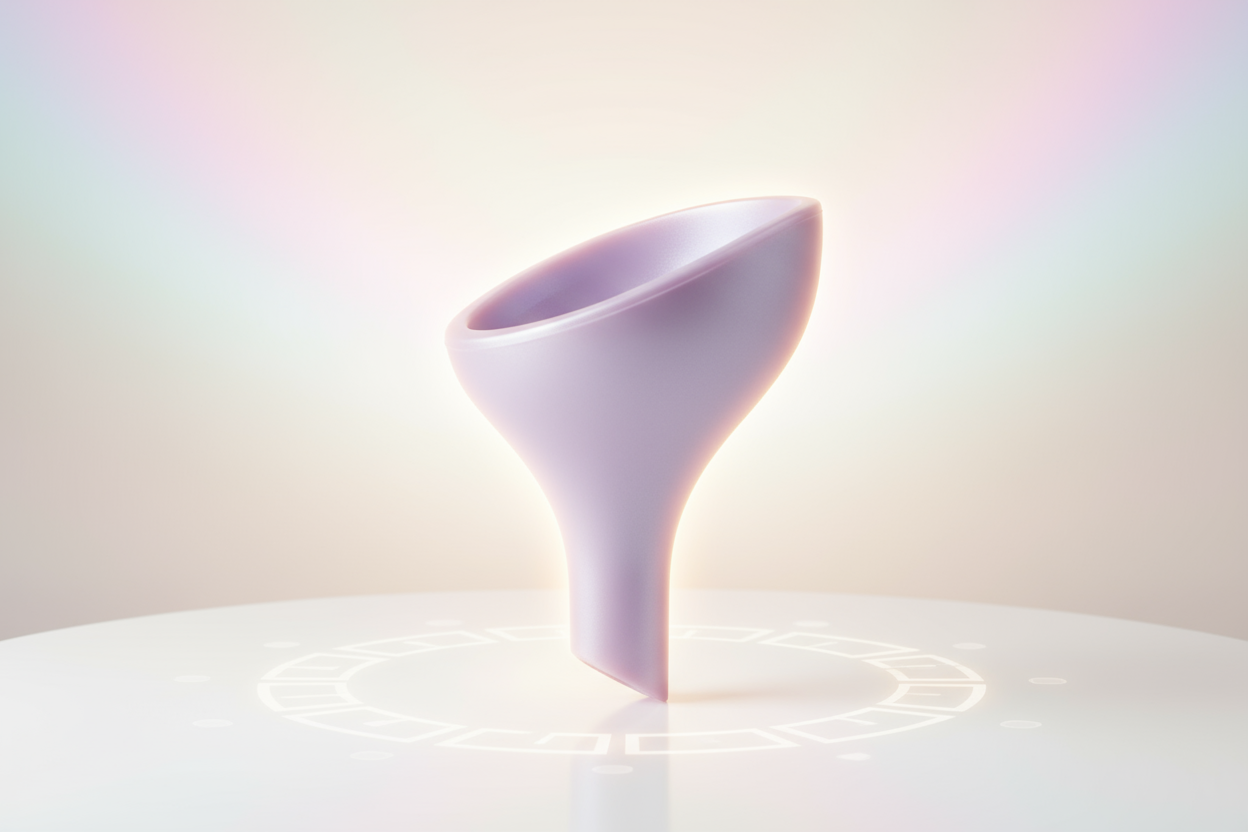What are the Benefits and Side Effects of Liposuction
Liposuction is a widely performed cosmetic procedure designed to remove stubborn fat that resists diet and exercise. It is not intended for weight loss but for body contouring and reshaping. Ideal candidates should have a stable weight before undergoing the procedure. Common treatment areas include the abdomen, thighs, hips, arms, back, and buttocks.
If you're considering liposuction, understanding both its benefits and potential side effects is essential. Liposuction is a generally safe procedure, but like any surgery, it carries certain risks, such as scarring, uneven results, or blood clots.
In this article, we’ll explore the benefits and side effects to help you make an informed decision.
What is Liposuction
Liposuction is a cosmetic surgical procedure that removes excess fat from targeted areas of the body through a suction technique. A small incision is made in the skin, and a thin tube called a cannula is inserted to break up and vacuum out fat cells. The procedure is commonly done under general anesthesia and is used to refine body shape.
Benefits of liposuction
Here are some benefits of liposuction:
1. It's Safe
Liposuction is considered a safe and well-established cosmetic surgery when performed by a qualified professional. The procedure involves a small incision through which a thin cannula is inserted to suction out fat. Since the removed fat contains minimal blood, recovery is typically quick, allowing most patients to return to normal activities within one to two weeks.
2. Permanent Fat Removal
Liposuction permanently removes fat cells from targeted areas, helping reduce stubborn fat that doesn’t respond to diet or exercise. However, maintaining a stable weight through a healthy lifestyle is essential to preserve the results.
3. Enhanced Body Contour
By eliminating localized fat deposits, liposuction helps sculpt and define the body's natural contours, resulting in a more proportionate and refined appearance.
4. Improved Self-Confidence
Achieving a more contoured figure can boost self-esteem and body image, making individuals feel more confident in their appearance.
5. Fat Loss can improve Health
By eliminating excess fat deposits, liposuction can contribute to improved overall health and make it easier to maintain a healthy weight.
6. Improved Mobility
With better body balance and reduced fat in certain areas, many patients experience enhanced ease of movement and greater comfort during physical activity.
Side Effects Of Liposuction
Here are some side effects of liposuction:
1. Swelling and Bruising
It’s completely normal to have some swelling and bruising after liposuction. These effects typically appear within the first few days and gradually subside as your body heals. However, if the bruising appears excessive or doesn’t improve, it may be a sign of infection, and it’s best to contact your surgeon immediately.
2. Pain and Discomfort
Some discomfort is expected after surgery, especially in the first few days. You may feel soreness or tenderness in the treated areas, similar to how your body feels after an intense workout. This is usually manageable with prescribed pain medication and gradually improves as you heal.
3. Poor Skin Elasticity
After the fat is removed, your skin needs time to adjust to the new shape. In some cases, especially if your skin is less firm due to age or genetics, you might notice some sagging. If that happens, your surgeon may recommend a follow-up procedure like a tummy tuck to tighten the skin.
4. Skin Necrosis
Skin necrosis is a rare but serious complication where the skin tissue begins to die due to an insufficient blood supply. This can occur after liposuction, especially in patients who smoke, as smoking significantly reduces circulation. It may also increase the risk of other issues like infections, inflammation, and delayed healing.
5. Infection and Other Complications
While infections are uncommon, they can occur if post-surgery care isn’t properly followed. Skipping medications, touching treated areas with unclean hands, or ignoring your surgeon’s recovery guidelines can lead to serious complications.
6. Scarring
Although liposuction involves small incisions, some scarring may still occur. In most cases, the scars are minimal and fade over time, especially when proper aftercare is followed. However, the extent of scarring can vary depending on your skin type, healing process, and the surgeon’s technique.
Conclusion
Liposuction can be an effective way to remove stubborn fat and achieve a more sculpted body shape, especially when paired with a healthy lifestyle. While the procedure offers several aesthetic and emotional benefits, it’s important to understand that it also carries potential risks, like swelling, discomfort, or loose skin. The best outcomes come from realistic expectations, proper aftercare, and choosing a qualified, experienced surgeon. If you’re considering liposuction, take the time to discuss your goals and concerns with a professional. An informed decision is always the first step toward confident results and long-term satisfaction.

